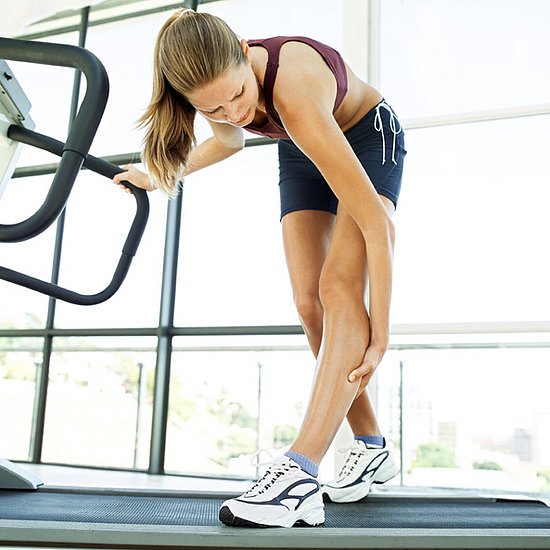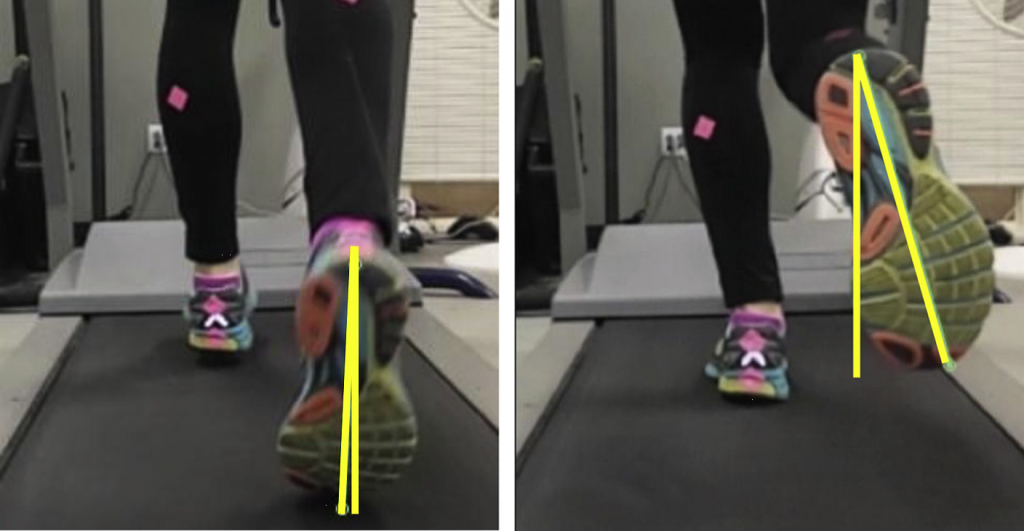Injury Prevention
Active Therapies – Passive Therapies – Responsibility
Passive therapy is when something is done to you. Passive treatment implies lack of participation from the individual receiving the therapy intervention Examples of passive physical therapies include massage, manipulation, acupuncture, dry needling, traction, ultrasound, electrical nerve stimulation, laser, ice packs, and hot packs. Passive therapy always requires another person to apply the treatment. Passive…
Read MoreRunning Injury – Asking better questions – Socratic Method
As a clinician and as a participant in internet discussion forums related to running injuries I have the opportunity to observe and respond to questions. The questions asked by individuals who are striving to solve repetitive use injuries are varied, in terms of type of questions and the degree of sophistication of the questions. Many…
Read MoreShin splints – shock absorption, stride length
The term shin splints refer to a painful condition that develops in the lower leg, usually along the tibia bone, in response to exercise or activity. Shin splints are a common problem for novice runners, dancers, field hockey, basketball, baseball and tennis players, and even walkers. Shin splints can be classified into different problems including: tendonitis,…
Read MoreHeel Whip When Running
There is a growing body of evidence among healthcare professionals to suggest the way we run contributes to the risk of a repetitive use injury, and that gait retraining is an effective intervention for managing repetitive use injuries. There is less consensus and much debate on which movement faults are more important. Common movements that…
Read More



